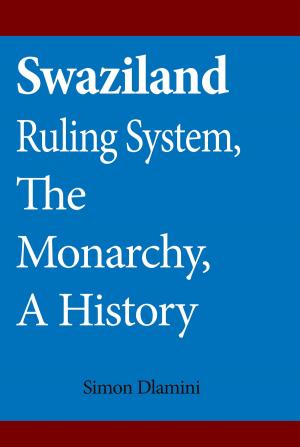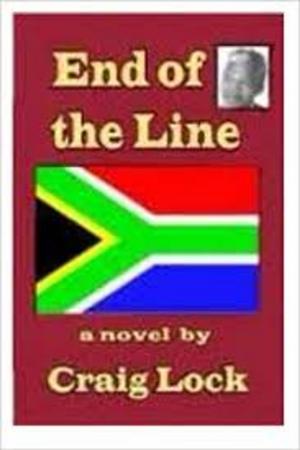| Author: | David Hilton-Barber | ISBN: | 9780620593588 |
| Publisher: | David Hilton-Barber | Publication: | December 10, 2013 |
| Imprint: | Smashwords Edition | Language: | English |
| Author: | David Hilton-Barber |
| ISBN: | 9780620593588 |
| Publisher: | David Hilton-Barber |
| Publication: | December 10, 2013 |
| Imprint: | Smashwords Edition |
| Language: | English |
The concession to mine gold at Tati was granted to a British baronet,
Sir John Swinburne, by Lobengula, last king of the Matabele. Although
called by colonial imperialists as a “savage king” and a “native despot”,
Lobengula was “exceedingly wellmade (in height about 6 ft 10 inches),
corpulent, with a commanding presence and, when in a good temper,
having a kind heart and a full appreciation of humour”.
The gold at Tati, which was discovered by the geologist Carl Mauch,
was actually on the site of prehistoric diggings that had been mined
there 400 years previously by the Makalanga people. Tati lay on the
missionary road to the north, used by Livingstone and Moffat, and
it was part of Cecil Rhodes’s dream of a continuous tract of British
imperialism from Cape to Cairo. The annexation of Bechuanaland
was a direct result of the confl icts between the tribes within the area
and the threats from President Kruger and from Germany which had
recently colonised Angra Pequena.
Gold from the early diggings here found its way to Great Zimbabwe
and the famous golden rhinocerous from Mapungubwe was probably
fashioned from gold mined at Tati. This forgotten corner of the subcontinent
encapsulates a chapter of our history involving fi ve countries,
powerful men, much subterfuge, a botched invasion, a rebellion, land
annexation, prospectors, hunters, traders and adventurers. It is a story
begging to be told.
The concession to mine gold at Tati was granted to a British baronet,
Sir John Swinburne, by Lobengula, last king of the Matabele. Although
called by colonial imperialists as a “savage king” and a “native despot”,
Lobengula was “exceedingly wellmade (in height about 6 ft 10 inches),
corpulent, with a commanding presence and, when in a good temper,
having a kind heart and a full appreciation of humour”.
The gold at Tati, which was discovered by the geologist Carl Mauch,
was actually on the site of prehistoric diggings that had been mined
there 400 years previously by the Makalanga people. Tati lay on the
missionary road to the north, used by Livingstone and Moffat, and
it was part of Cecil Rhodes’s dream of a continuous tract of British
imperialism from Cape to Cairo. The annexation of Bechuanaland
was a direct result of the confl icts between the tribes within the area
and the threats from President Kruger and from Germany which had
recently colonised Angra Pequena.
Gold from the early diggings here found its way to Great Zimbabwe
and the famous golden rhinocerous from Mapungubwe was probably
fashioned from gold mined at Tati. This forgotten corner of the subcontinent
encapsulates a chapter of our history involving fi ve countries,
powerful men, much subterfuge, a botched invasion, a rebellion, land
annexation, prospectors, hunters, traders and adventurers. It is a story
begging to be told.















